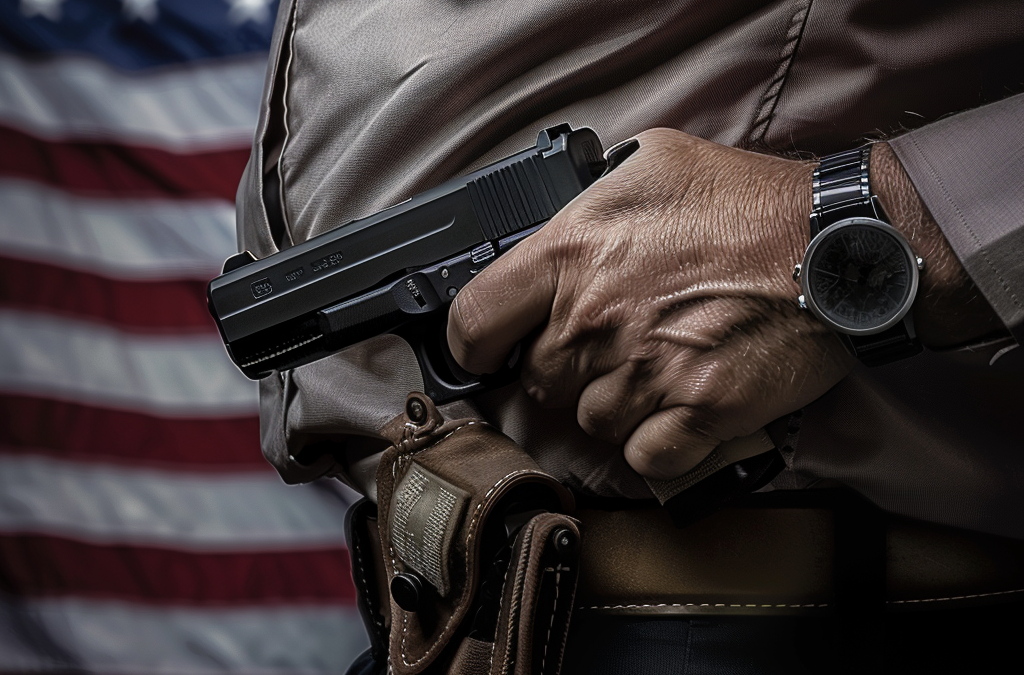As you are probably aware the NJ Attorney General’s Office has restricted the areas where you can carry, and you might be thinking it’s not worth getting a Concealed Carry Permit. My opinion is that it is still worth it and there’s relevant data to back up this claim. And by the way, if you’re not applying relevant into your firearms plan, you might be making some unrealistic assumptions which may ultimately affect your safety.
So, where’s the data and where do we find it. Unfortunately, it’s not the mass media which tells us that a “Mass shooting” is 3 people. In the majority of those incidents, a domestic violence turns violent against family members. Someone goes tragically crazy, shoots his kid (1), his ex (2) and himself (3) and it becomes a mass shooting. And since we just started recording these incidents, society now sees a sudden rise in “Mass shootings”. Is this a numbers game?
Relevant data can be found from the Federal Government. Surprised? Read on. The FBI compiles data from the UCR or NIBRS data base, check it out for yourself. By the way, local Law Enforcement agencies are required to report raw data to the FBI, who in turn compiles it. Look at the same data that I see and you can see for yourself where violent crimes generally occur and what weapons are used. So why is this relevant to the average NJ CCP person? Because as you will see, it confirms that violent crimes occur in the same areas where we are legally allowed to carry with a NJ Concealed Carry Permit. Another important takeaway is that Victims of Violent Crime are assaulted at very close distances.
What is a violent crime per the FBI? It is: violent crime is composed of four offenses: murder and non-negligent manslaughter, rape, robbery, and aggravated assault. And if we now look at locations we see that 40 percent of violent crimes occur in a familiar residence, 20 percent in the street or highway and 20 percent in an open area like a parking lot or parking garage, and 6% in a convenience store. That covers 86 percent of the likely areas of where an attack would occur. The NJ CCP still basically allows us to carry in these locations, so that’s a good thing!
There is more relevant information. If you believe that your attacker will be armed with a gun and you are planning your response on just that, you’re making a mistake. When we look at the types of weapons, you might be surprised. 40 percent of the time, a Victim of Violent Crime is subjected to physical force. 20% of the time a Victim of Violent Crime is subjected to an impact instrument and that can be anything from an improvised impact instrument like a brick or rock, or a baseball bat. The next likely weapon at another 20% is a cutting instrument, which is anything from a machete to a box cutter. Given the odds, if you are a Victim of Violent Crime, you will have to face an unarmed but violent opponent who is NOT armed with a gun but will kick, punch, strike (with or without an object), or cut, slash or stab you. How do YOU justify your use of Deadly force against an unarmed attacker or an attacker with a lesser weapon? Without getting into a Use of Force subject, it may be that the attacker demonstrates a capability or recent history of causing death or serious bodily harm. The common denominator in these assaults is that the attacker will be very close. One interesting fact is that 1% percent of the time a victim was thrown out a window, during a domestic violence incident. My advice is don’t stand near an open window on the third floor when breaking up with a former significant other.
Digging deeper at the data you’ll see information including the statistics that homicide victims were subject to gun violence and were killed 73% of the time. Gun violence is deadly when it happens.
So get your carry permit and carry your gun, a spare magazine and a charged cell phone, minimally. Stay alert in the car, parking area, convenience stores, gas stations, food stores, malls, streets, sidewalks and parking areas. Have a thorough understanding of the laws. Have skill sets that work to defeat the type of threat as well as the distance from the threat. This may include seeking cover, drawing your firearm, communicating with you family, escaping and a host of other skills. Avoid escalating a situation, but have a plan to save yours and your loved-ones lives. If you witness a Victim of Violent Crime, report it, get help and you if you decide to intervene, be sure you know who the victim really is. Most of all, train for realism, think critically and talk to your family members. See you on the Range!
By Scott Lessig, Tactical Training Center’s Director of Training


